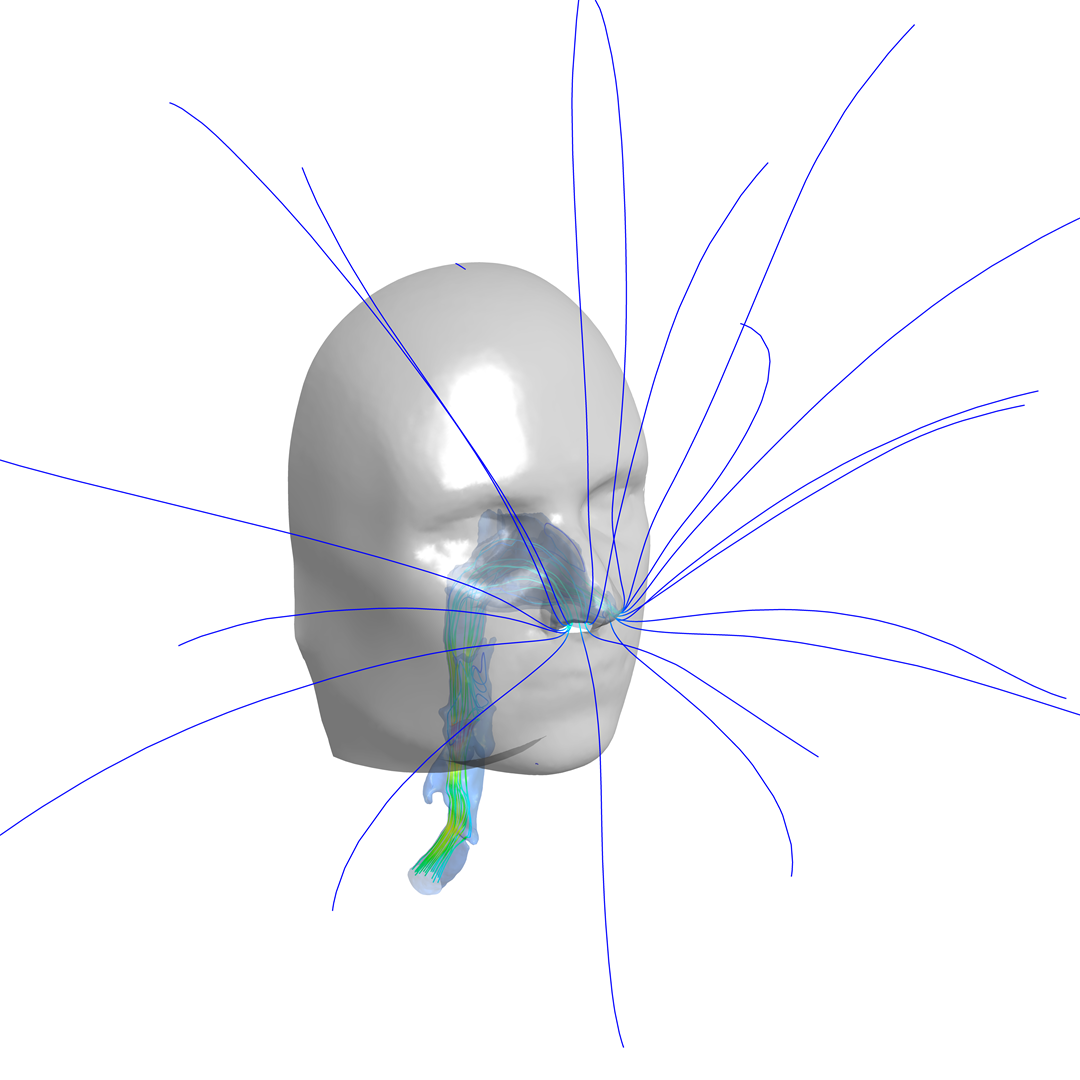The project aims at the heart of the Norwegian national strategy for biotechnology, by bridging the current gap between a major health issue in the population and technologically based diagnostics and decision making for medical personnel.
Snoring is caused by the soft parts of the upper airways collapsing and preventing the air from flowing freely. In some cases snoring is so severe that medical attention is required. The most severe, obstructive sleep apnea syndrome (OSAS), affects 2-4 percent of the population. The syndrome is recognized by heavy snoring, frequent breathing stops, gasping for breath, and awakenings. OSAS is the cause for low quality sleep and reduced oxygen consumption and is considered as a major cause for reduced life quality and increased mortality in the modern society.
There are a variety of available treatment options for OSAS, but today there are no available methods for predicting the outcome of the treatment. There is a demand for treating OSAS in a more targeted way to allow for more predictable results and improved probability for choosing a successful form of therapy.

Key to predicting the outcome of the treatment is to fully understand the physical mechanisms behind OSAS. That is, we need improved understanding of the airflow in the upper airways and of the airway features and properties responsible for the syndrome. To achieve this, mathematical models play a crucial role. The current project will focus on developing mathematical models for the interaction between the airflow and the soft tissue in the upper airways. The models will be employed to analyze patient specific cases to reveal the secrets behind successful OSAS remedy. In the future, the mathematical models can be part of a tool that can be utilized by medical personnel in the planning stage of OSAS treatment. Imagine for instance that a computer can give advice on the optimal way to solve the patient's problems based on CT- and MRI scans. Thus, the physician's assessment can be supplemented by objective recommendations, and the patient is guaranteed the best cure available.
Type of project: The Research Council of Norway, (FRINATEK)
The project is conducted in collaboration with the consortium leader, prof. Bernhard Müller (dept. Energy and Process Engineering, IVT, NTNU), prof. Bjørn Helge Skallerud (dept. Structural Engineering, IVT, NTNU) og prof. Ståle Nordgård (dept. Neuroscience, DMF, NTNU and St. Olavs hospital, Trondheim university hospital) and educates three Ph.D.s and several b.sc. and m.sc. students.The total budget is 12 MNOK, and SINTEF's share is 3 MNOK.
Read more about the project on the home page: http://www.osas.no

